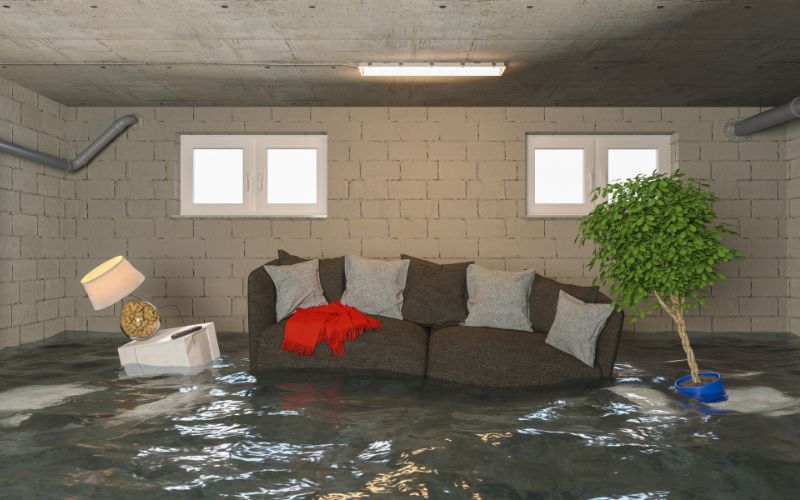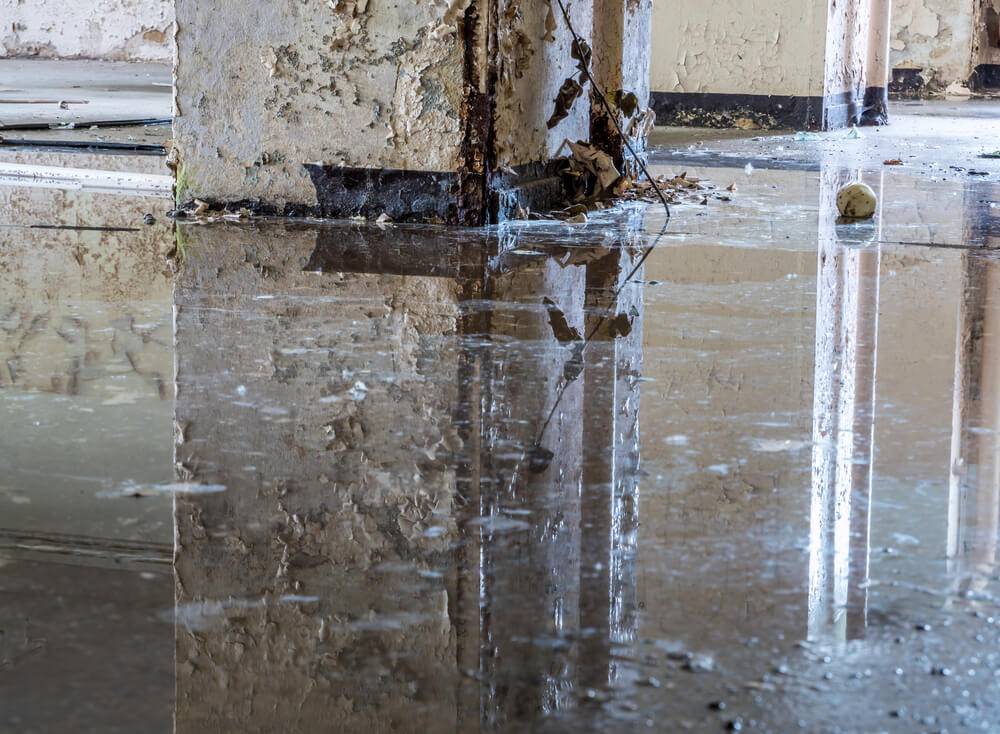
Opening Hours – 24/7
Opening Hours – 24/7

Imagine this; you come home in Mamaroneck, toss your keys in the bowl, dump your bag on the kitchen counter, then it hits you. The smell. More pungent than anything you’ve ever smelt before. And in your home nonetheless. You reluctantly start seeking out the smell with your nose, moving from one room to the next, then eventually, you reach the basement door. Damn. You realize what caused this smell before you open the door. You take a deep breath and creep open the door to reveal your basement full of sewage backup. Ew.
Now, you have the huge (and unpleasant task) of dealing with your sewage backup cleanup process. There’s undoubtedly a big job ahead of you, and many essential steps must be taken to avoid future problems. We’ve created this article to walk you through the sewage backup cleanup process.
Oh, but before we do, just as an FYI, this is only recommended for small jobs and general education. If you have a significant backup problem that has essentially flooded your basement, you will most likely require the assistance of a professional sewage restoration team.
The most important thing for you to act on immediately is to make sure there is no risk of more harm to yourself or others in the house and turn off the power and gas. Sewage backup in Mamaroneck cases are a mix of fecal waste and water. You need to ensure it is safe for them to enter the space.
Next, before you start wading ankle-deep into sewage backup, you must put on personal protective gear. If you have tall rubber boots, you’ll want to put them on along with coveralls, gloves, protective eyewear, and a mask.
If there is any risk of the sewage water and debris spreading to other areas of the house, close off or minimize the risk of spread by closing doors. Remove any nearby furniture and personal belongings that haven’t yet been contaminated but are at risk of the sewage backup spreading. Put them up high or in another room for the time being.
Now that you can safely get into the basement, you can assess the situation more closely and look at the cause of the sewage backup. Likely, the sewage backup has come from a burst pipe, leaky pipe, or overflowing and clogged drain. In either case, you’ll probably need to call a plumber to get them to deal with the root cause of the issue before you can move on to the next phase.
Once that’s dealt with, you can remove the sewage water and waste. Depending on the water’s depth and your basement’s orientation, you might start by removing water one bucket at a time. A sump pump will come in handy here; if you don’t have one, consider renting one (if you opt for professional sewage restoration, they will come equipped with this and more). Once all the standing water and waste are removed, you will need to use a Wet Vac, especially if you have carpets or rugs in your basement.
Next, you can start removing all of the affected items. This means personal items like furniture, toys, and electronics. In addition, flooring and drywall will likely need to be removed. If unsure, keep it until after drying and remove it later.
If you have ripped up your carpet or flooring earlier, you may need to get the Wet Vac out again. You will need to go over each area a few times through this process, so we recommend renting it for a week or more, not just a day.
Moving on to cleaning, everything that the sewage backup has touched will need to be thoroughly cleaned and sanitized. Even higher areas midway up your drywall will need to be addressed, as bacteria can spread onto areas our eyes can not see yet. But this is how mold spores settle, and then you have another issue on your hands.
In the process, make sure you use hot clean, clear water and a cup of bleach per every gallon of water you use.
We say process for a reason, do not expect this take magically happen overnight. The sewage restoration and drying process can take days, sometimes over a week, depending on the extent of the damage. Expect this to take time, and plan accordingly.
If the weather permits, open all doors and windows to start ventilating your basement and encouraging airflow. Opening windows and doors on the main level can help stimulate airflow; just make sure you leave the basement door open so fresh air can travel down there.
You’ll need to set up fans and dehumidifiers in the basement to soak up the hidden moisture. If you don’t own these, you can rent industrial-strength equipment. Make sure you empty the dehumidifier regularly.
Sewage backup and the sewage backup cleanup process create an ideal breeding ground for mold. Make sure you check for mold growth and monitor your basement. Sometimes it can show up weeks after the incident.
The final step in the sewage restoration process is to address any repairs, such as patching drywall or replacing the carpet. Return any furniture that was salvageable or purchase new items.
What an amazing response! I had a great experience with Restoration Operators – Connecticut! I called them immediately after my house flooded and they came out within 45 min. It’s a great choice!
Amazing job. Our basement flooded twice
and the did outstanding work drying it out
quickly. Very responsive and were very easy
to work with.
I cannot express how grateful I am for the amazing service provided by this sewage cleanup company. They arrived promptly and efficiently cleaned up the mess left by a broken sewer line.
Restoration Operators did an awesome job for us fixing water damage! We would not hesitate to recommend them to friends and to use this company again if the need arises.
